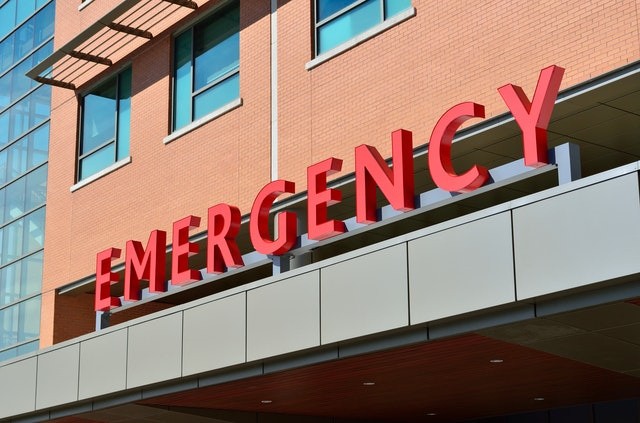Almost 27 million people reported to a staying in the major emergency room in England between 2016 and 2018 for the average of under five hours. This is in spite of a four-hour operational standard back in 2004 by the National Health Service.
A ScienceAlert report said as emergency rooms all over the world are flooded with a wave of COVID-19 patients, an extensive study in the United Kingdom has laid out the fatal outcomes of critical care.
Unfortunately, more than 430,000 of those attendees would die within one month, a figure that turned more possible after five hours of waiting in the ER.
If there's a need for a patient to wait from six to eight hours, he is, on average, eight percent more possible to die of any cause in the next three decades. That's one additional death for every 82 patients who were not treated within six hours.
ALSO READ: Newborn C-Section Babies Should Drink Mother's Poop to Build Healthy Microbiota, Study

Going Beyond the NHS's 4-Hour Operational Standard
For a patient who needed to wait longer than eight hours, the possibility of dying over the succeeding month rose to 10 percent.
In an associated editorial published in the Picker blog site, Derek Prentice, a physician from the Royal College of Emergency Medicine wrote, "Let nobody be in doubt any longer," the four-hour operational target of the NHS is, as many of the people have always known, of key importance in terms of patient safety.
He also wrote that patients will continue to be thankful for it, and this paper's publication. Similar operational targets are in place as well, in other nations, such as the United States and Australia, although, that does not mean emergency rooms consistently enforce the standards.
Even prior to the COVID-19 crisis, it took the average patient in the UK, just shorter than five hours to get a bed in the ER. From 2016 to 2018, almost 40 percent of patients were waiting longer than the four-hour standard.
Longer Stay in ER, Delayed Access to Life-Saving Treatments
The findings of the study published in the Emergency Medicine Journal, are purely observational. Meaning, they cannot tell the reason wait times are associated with higher death rates.
That said, the study authors wrote that there are several clinical plausible reasons to accept that delayed critical care can result in severe and at times, deadly outcomes.
When there are not sufficient beds in the ER, for example, patients may have deferred access to life-saving therapies, such as pain medicine, surgery, or antibiotics. Additionally, once the said patients are finally admitted, it is typically in the evening, when there is a shortage in staffing.
Substantial wait times in the ER are associated with an increase in the length of time spent as well, of patients in the hospital, leaving them vulnerable to infection and delirium, specifically among older people.
In a global health crisis, such risks are even greater. Prior to the widespread of the COVID-19 Omicron variant, hospital beds in the UK were already almost reaching capacity, recording six million people on waiting lists in hospitals.
Related information about ER stay is shown on John Elkhoury, PA-C's YouTube video below:
RELATED ARTICLE : Rate of Premature Babies Falls by 90% During Lockdowns Could Be Due to Reduced Stress and Declining Air Pollution
Check out more news and information on Medicine & Health on Science Times.
© 2026 ScienceTimes.com All rights reserved. Do not reproduce without permission. The window to the world of Science Times.










